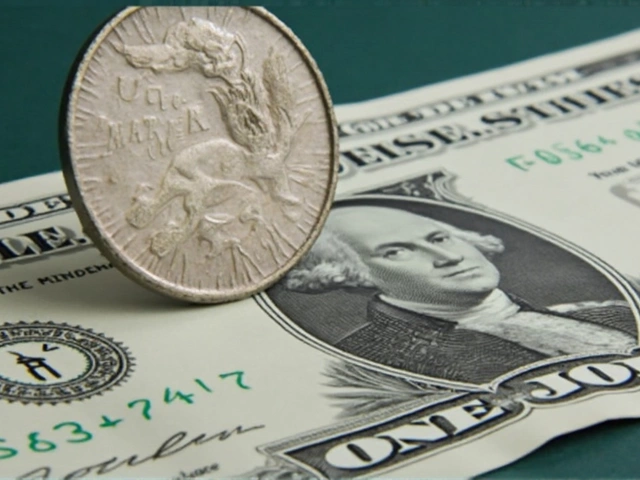Global Trade War: What’s Happening and Why It Matters
You’ve probably seen headlines about the U.S. slapping a 50% tariff on Indian imports. That move isn’t just a headline—it’s a key chapter in the ongoing global trade war. In simple terms, a trade war is when countries raise taxes on each other’s goods to push for better deals. It can raise prices on everything from shoes to smartphones and shake up supply chains.
Two recent events have put the spotlight on this fight. First, a federal appeals court ruled that most of the tariffs President Donald Trump imposed under the IEEPA were illegal. While steel and aluminum duties survived, the decision wiped out many India‑targeted levies, sending a shockwave through trade talks. Second, the United States announced a fresh 50% tariff on Indian imports, citing India’s purchase of Russian oil. This new step has reignited tensions and pushed the trade war into fresh territory.
Why the Court Decision Matters
The court’s 7‑4 ruling didn’t just cancel a few taxes; it signaled that the legal system can check executive trade actions. By striking down most of Trump’s tariffs, the decision gave India a temporary breather and forced Washington to rethink its strategy. Companies that rely on cross‑border supply chains saw a short‑term relief, but the lingering threat of new tariffs keeps everyone on edge.
For businesses, the takeaway is clear: don’t assume a tariff is permanent. Legal challenges, policy shifts, and geopolitical events can flip the script overnight. Keeping an eye on court rulings and government statements can help you avoid costly inventory surprises.
What the New 50% Tariff Means for Consumers
The fresh U.S. tariff targets a broad range of Indian goods—think apparel, footwear, and certain tech components. Because the U.S. market is huge, manufacturers often pass higher costs onto buyers. That means you might notice a price bump next time you shop for an Indian‑made shirt or a pair of sneakers.
Beyond prices, the tariff could push Indian exporters to look for other markets, reshaping trade routes. If they shift production to places with lower duties, you could see new brands appearing in stores, while older ones become scarcer. It’s a ripple effect: a policy change in Washington can alter what you find on a shelf in New York.
So, what can you do? Start tracking price trends on the items you buy regularly. If a favorite product spikes, consider alternatives or buy in bulk while it’s still cheap. Small adjustments can protect your budget from the fallout of a trade war you never signed up for.
In short, the global trade war is a moving target. Court decisions can roll back tariffs, while new political moves can re‑introduce them. Staying informed, watching price changes, and being flexible with your purchases are the best ways to navigate this volatile landscape.
Trump Escalates Global Trade Tensions with New Tariff Policies
President Trump has increased tensions in global trade by implementing a 10% universal tariff, with increased rates for 60 nations. These policies impact key sectors like steel and automobiles, provoke retaliation from the EU, China, and Canada, and aim to address trade imbalances and national security, although critics warn of economic consequences.





